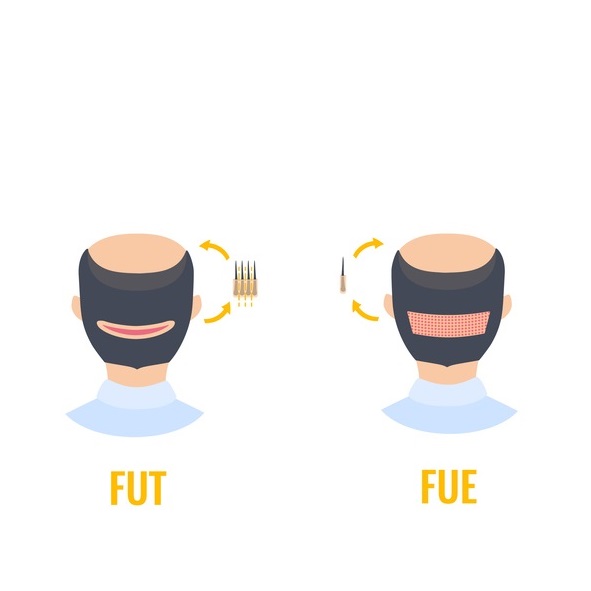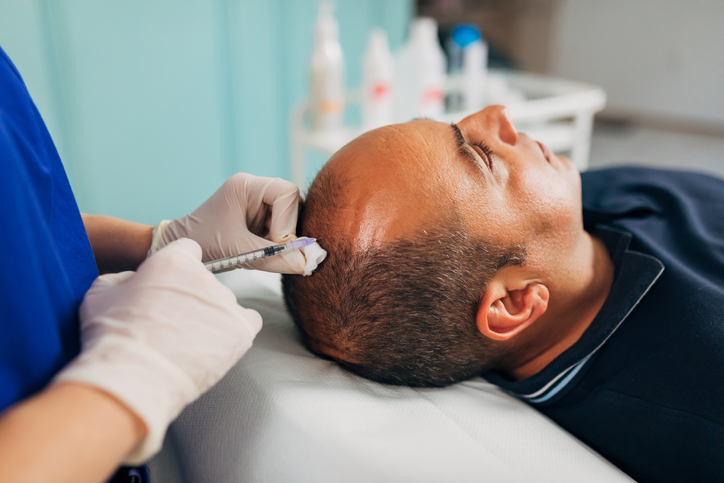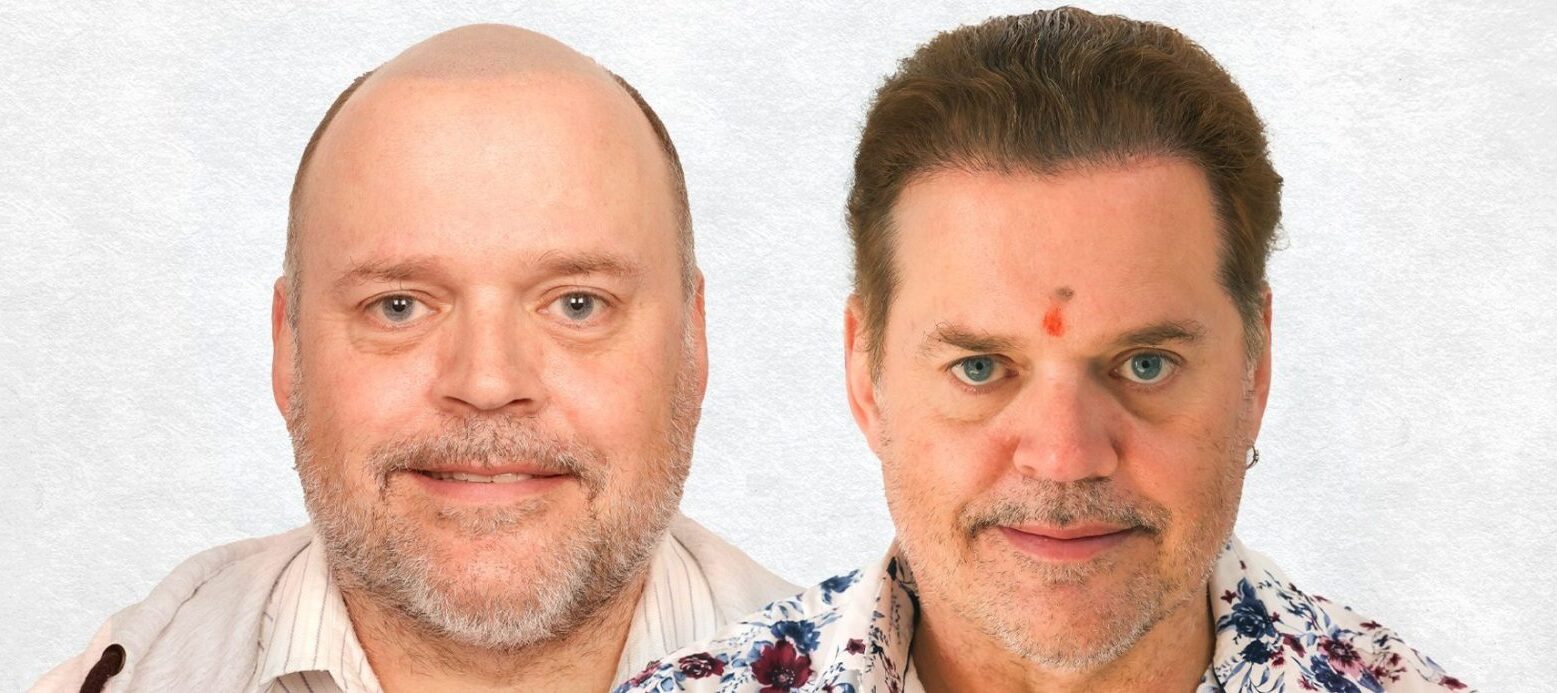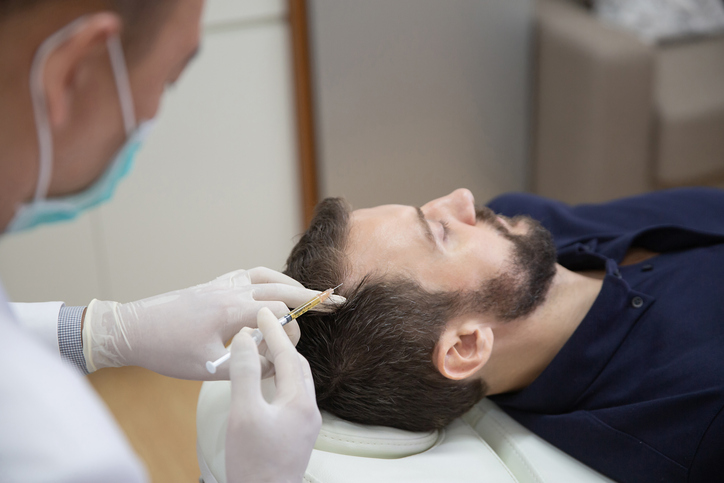Hair loss can have a significant impact on one’s self-esteem and confidence. Fortunately, hair transplant surgery offers a long-term solution for individuals seeking to restore their hairline and regain a more youthful appearance. Several techniques are used in hair transplant procedures, each with its advantages and considerations.
- Follicular Unit Transplantation (FUT): Follicular Unit Transplantation, also known as strip harvesting, is one of the traditional techniques used in hair transplant surgery. During the procedure, a strip of skin containing hair follicles is surgically removed from the donor area, typically the back of the scalp. The strip is then dissected under a microscope into individual follicular units, which are subsequently transplanted into the recipient area. Before the FUT procedure, the patient’s hair in the donor area is usually trimmed short to facilitate the removal of the strip. The surgeon carefully designs the hairline and recipient area, ensuring a natural-looking result. After the transplant, the donor area is sutured, leaving a linear scar that is typically covered by the surrounding hair. FUT can yield excellent results in terms of hair density and overall coverage. However, the presence of a visible linear scar and a longer recovery time are considerations to keep in mind. The scar can be concealed with surrounding hair, but for individuals who prefer to wear very short hairstyles, it may be more noticeable.
- Follicular Unit Extraction (FUE): Follicular Unit Extraction is a more advanced technique that has gained popularity in recent years. Unlike FUT, FUE does not involve the removal of a strip of skin. Instead, individual hair follicles are extracted directly from the donor area using a tiny punch tool. The follicles are then transplanted into the recipient area.
FUE hair transplant offers several advantages over FUT. The absence of a linear scar makes it a preferred choice for individuals who prefer shorter hairstyles or who want to keep their hair short in the future. FUE also has a shorter recovery time, as it does not involve sutures or significant wound healing. However, it is important to note that FUE may require a longer procedure time, as each follicle is individually extracted.
The before and after results of FUE can be remarkably natural-looking. The extraction and transplantation of individual follicles allow for precise placement, ensuring a seamless blend with the existing hairline. The use of advanced techniques, such as manual or robotic assistance, enhances the accuracy and efficiency of the procedure, leading to successful outcomes. - Direct Hair Transplant (DHT): Direct Hair Implantation is a variation of the FUE technique and allows for the simultaneous extraction and implantation of hair follicles, streamlining the process and reducing the time outside the body for harvested follicles.
DHT offers certain advantages over traditional FUE techniques. It allows for more focus and precision during hair follicle implantation, resulting in a high graft survival rate. It also minimises the out-of-body time, reducing the risk of damage and ensuring a higher chance of successful transplantation. DHT can be an ideal choice for individuals who require a larger number of grafts or desire a denser hairline.
The before and after results of DHT can be impressive, with natural-looking hairlines and improved hair density. The precise implantation process ensures that the transplanted hair follicles grow in the correct direction and angle, mimicking the natural hair pattern. The reduced handling of follicles during the procedure contributes to higher graft survival rates and overall success.
It’s important to note that the suitability of a particular technique may vary depending on individual factors such as the extent of hair loss, donor hair availability, and personal preferences. A thorough consultation with a skilled hair transplant surgeon is essential to determine the most suitable technique and create a personalised treatment plan.
In conclusion, hair transplant surgery offers a solution for individuals struggling with hair loss. Whether opting for FUT, FUE, or DHT, each technique has its own merits and considerations. The before and after results of hair transplant procedures can be transformative, restoring a natural-looking hairline and boosting self-confidence. Consulting with a qualified hair transplant specialist will ensure the best choice of technique and optimal outcomes for your individual needs.





